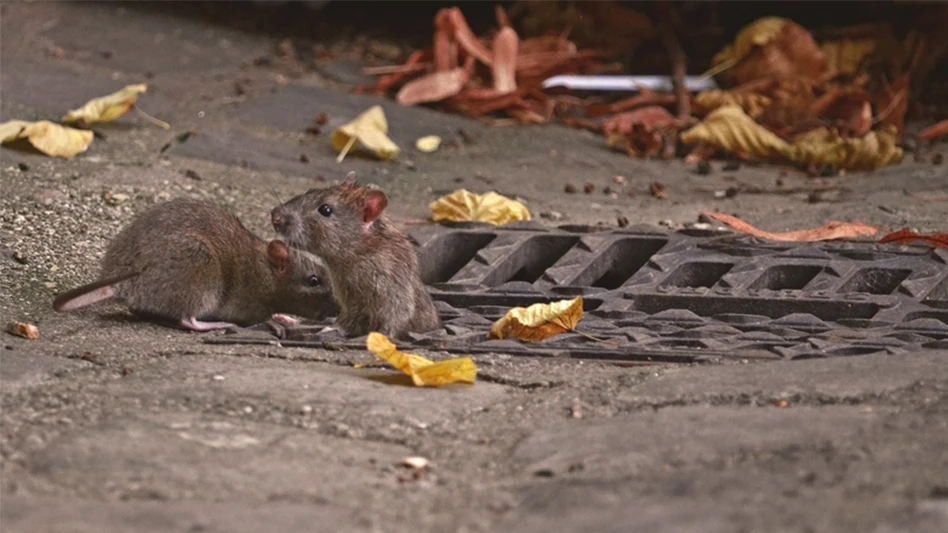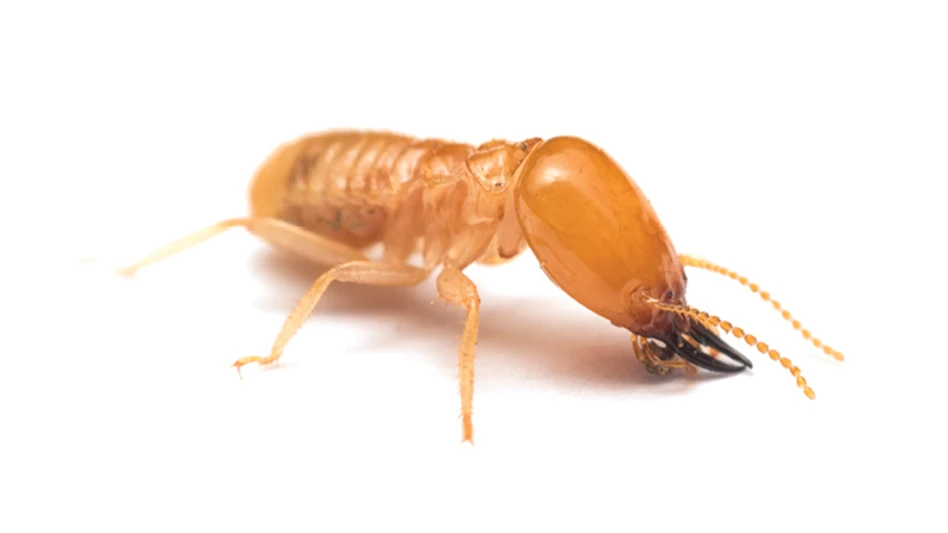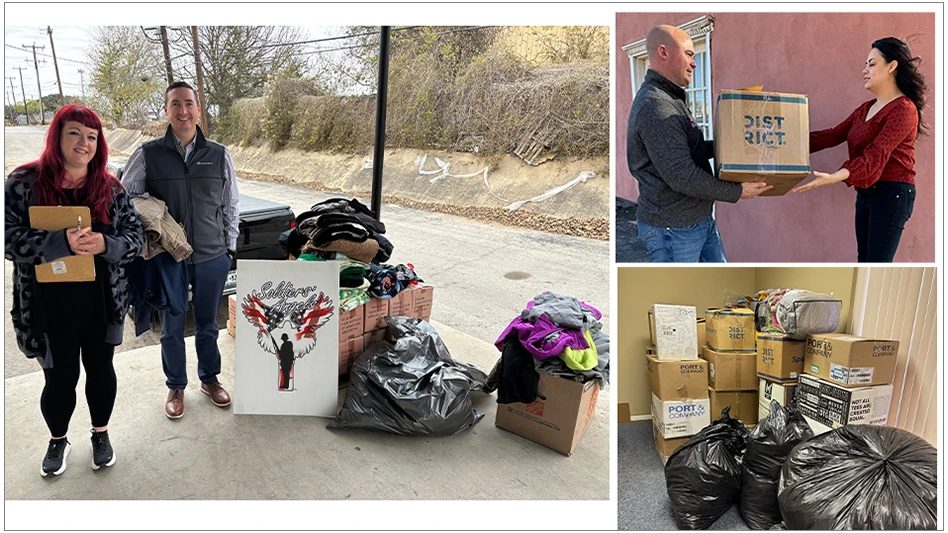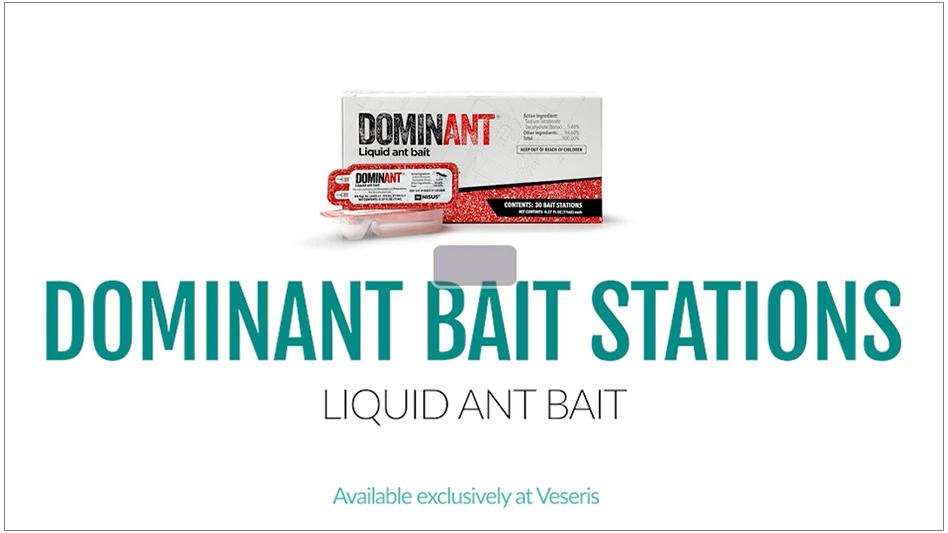Schools have reopened and pest control companies servicing schools will be confronted with many issues involving pest management. Over the past several years, this has become such a hot topic that many states have taken a hard line on pest control in schools. Many states have even passed regulations mandating pest control in schools. Texas has a classification system of “red,” “yellow” and “green” pesticides; West Virginia created a category of certification in IPM; and in Maryland the governor scrapped excellent regulations developed by the Department of Agriculture and is pressing the Legislature for a law on IPM in schools.
The time and energy that has been invested in this issue amazes me. However, considering the uneducated and uninformed forces that have taken responsibility for shaping the IPM in schools agenda, it doesn’t surprise me. The image of our industry as the “exterminators” and the purveyors of the ultimate weapon of pesticides was shaped in the 1970s. And some of today’s policy makers, physicians, scientists and parents are making decisions based on the by-gone era of wholesale pesticide use and a “spray-till-it-drops” philosophy.
While some companies within the industry have made the move toward IPM and have adopted programs of reduced-risk pest management, other companies still cling to the idea that monthly spraying is the only way to successful, profitable pest control.
CHILDREN AND PESTICIDES. Where children and pesticides are concerned, the writing was put on the wall in 1993 with the publication of the National Academy of Sciences study. The study concluded, “Because infants and children are subject to non-dietary sources of exposure to pesticides, it is important to consider total exposure to pesticides from all sources combined.” Schools are just the tip of the iceberg, as children can be exposed to pesticides in other environments, including their homes, yards, malls, restaurants, hospitals, playgrounds, etc.
Having dealt with this issue for almost four years at the National Pest Control Association, and having attended hearings in Maryland and meeting with legislators to discuss the issue, it is apparent that our industry has failed to adequately communicate how pest management has changed within recent years. However, this should not be taken as a criticism of every company in the industry; I know of several companies that make the effort to educate their communities on industry changes. Several state regulatory agencies, which profess they are there to help us, actually create obstacles to consumer education. The classification of pesticides as red, yellow or green does nothing to facilitate hazard evaluations and product selection, which in addition to toxicity, considers concentration, formulation, amount applied, time of application and other factors. The stoplight system of classification also fails to consider the fact that products perceived as “safe,” such as boric acid, can be extremely hazardous and potentially lethal if misapplied or over-used.
The concept of a separate category of certification for IPM is ludicrous; certification in all categories of pest management should be based on IPM. Mandating IPM training and certification for schools, while neglecting the many other sites of application, does not provide consumers with feelings of confidence regarding pest management in their homes, places of employment or their children’s schools. If the state needs to strengthen its training and certification in such a narrowly focused area, perhaps it should consider revamping the whole program. Otherwise, this is simply a case of the squeakiest wheel getting the grease.
PESTS IN SCHOOLS. There is one fundamental issue of concern regarding pest management in schools: pesticides. Unfortunately, there is less concern about the pests and their potential impact on health. Again, a lack of education is the culprit.
If we could successfully manage pests within the school environment without the use of pesticides, the issue of IPM in schools would disappear. This is neither a practical nor realistic solution to pest problems within the school. Having observed several schools that have approached pest management in this manner, there are usually two outcomes: pest problems go unchecked, or teachers and/or custodians take matters in their own hands, purchasing over-the-counter products and using them indiscriminately.
Notification regarding pesticide use is a contentious issue between the pest management industry and proponents of legislative mandates requiring notification. It is important to emphasize that the industry has for many years supported notification of individuals who request it. In actuality, only a few individuals have any desire to receive notification, according to the registries of sensitive individuals in several states. The type and amount of information that advocates expect to be disseminated would be an enormous administrative burden for the schools.
The pest management professionals who are currently applying the principles of IPM are able to allay the concerns of the uneducated and uninformed because they have found solutions to pest management problems while minimizing the risk of pesticide exposure. Unfortunately, this is not enough. The industry must support the concept of reduced-risk pest management, and we must create, through education, a public demand for this type of service. This can be achieved only through consumer education and by setting a standard of excellence for other companies to follow.
Dr. Richard Kramer is president of Innovative Pest Management, 18100 Darnell Drive, Olney MD 20832, 301/570-7138.

Explore the October 1997 Issue
Check out more from this issue and find your next story to read.
Latest from Pest Control Technology
- ActiveGuard Mattress Liners Offered to Philadelphia Fans Traveling to The Big Game
- Pest Index Increased 11 Percent YOY in December
- Hawx Pest Control Earns QualityPro Accreditation
- Envu Announces Lichtenstein as Chairman of Board of Directors
- Spider Expertise, Cockroach Species, AI Tools for Disease Transmission Hot Topics at Purdue Conference
- Rose Pest Solution Promotes Kandler to District Manager of Columbus (OH) Office
- Webinar: Maximizing Cash Flow — Key Strategies for Business Growth
- WorkWave Announces Wavelytics





